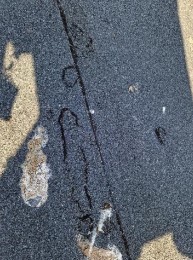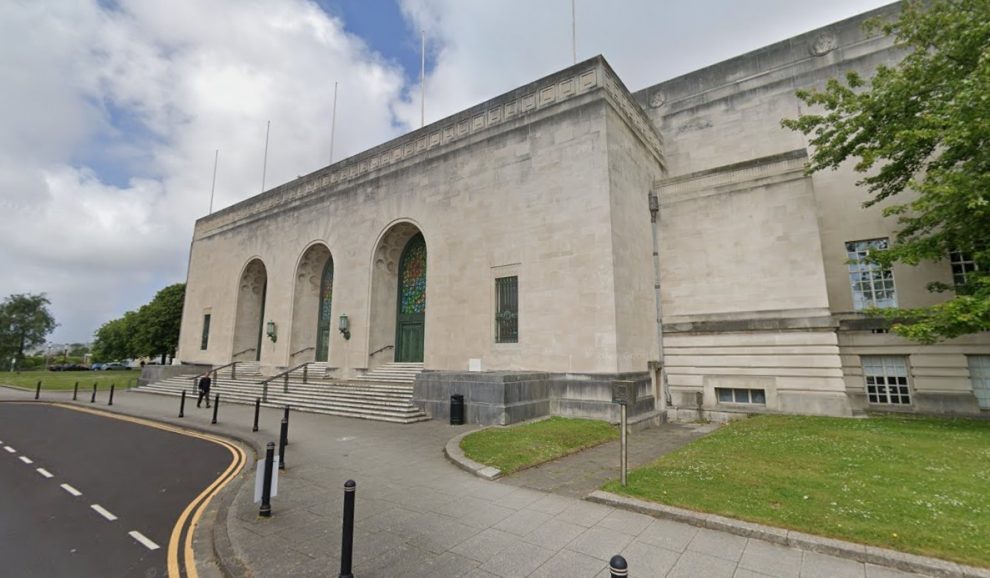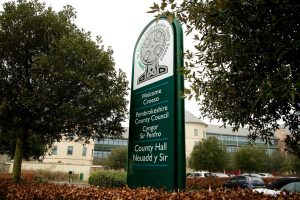NETTING is planned at one of Swansea’s most important listed buildings to prevent seagulls using its roof as a chopping board and dinner plate.
Swansea Council has applied for listed building consent to place netting across the roof at the Brangwyn Hall after a large number of gulls were spotted there during in an inspection. And it seems their dining habits are somewhat messy.

A heritage impact assessment submitted as part of the application said: “The gulls are taking shells and bones onto the roof and breaking them open with their beaks, hitting them into the roof to try and open.”
It said the outer layer of the new roof, which was completed last August, was starting to be indented and that the volume of debris and bones could eventually block drainpipes.
“Over a prolonged period, they could potentially cause damage to the roof,” said the assessment. “The gulls are sitting on the roof throughout the entire year and not only during nesting season.”

It added that there wouldn’t be any visual impact from the netting and posts needed to attach it.
The Brangwyn Hall is part of the Guildhall – one of a small number of Grade I-listed buildings in Swansea. The Guildhall was designed by Sir Percy Thomas and completed in 1934. It houses council staff, with the Brangwyn Hall hosting conferences, concerts, festivals and graduation ceremonies. The hall is home to 16 sixteen large panels, which are paintings by Frank Brangwyn to commemorate the First World War.
All species of gull are protected under the Wildlife and Countryside Act, making it illegal to intentionally injure or kill them or destroy their nests. They are attracted to easy sources of food, like leftover fast food, and the council has previously put up signs saying “feed the bins, not the birds” signs at litter hotspots.

Four years ago a couple from the Mayals area of the city urged the council to take more action as residents and their pets were apparently being attacked by the hungry birds. Phil and Caroline Slater said they were regularly awoken at 4am by young seagulls calling to be fed. They told a council scrutiny meeting: “We have looked at other properties in Swansea because we can’t go on living in such a manner.”
Gull-proof netting is not uncommon on buildings in Swansea and elsewhere. Last December, the company which manages a block of flats – formerly the Osborne Hotel – at Rotherslade Bay said gulls and other wildlife were likely to blame for puncture marks to the roof.


















